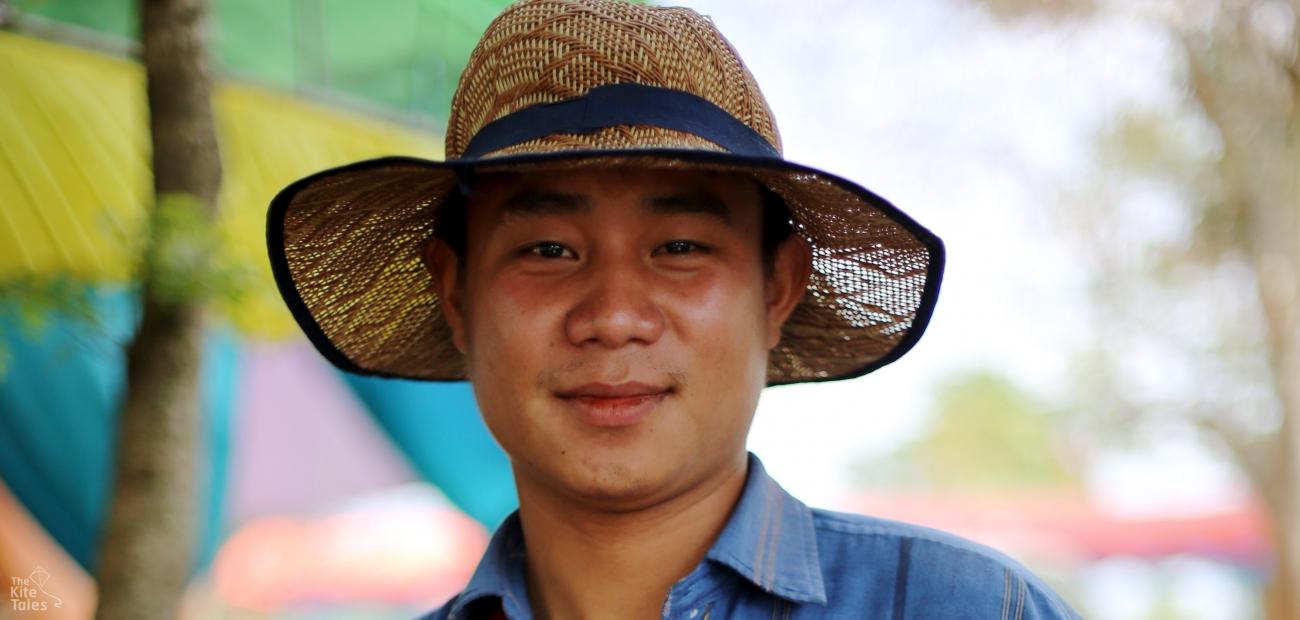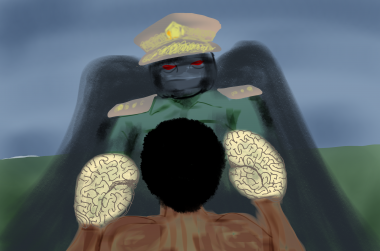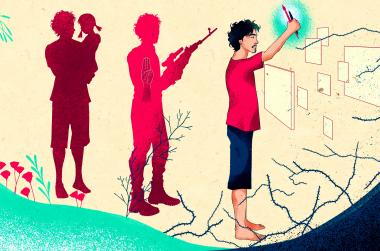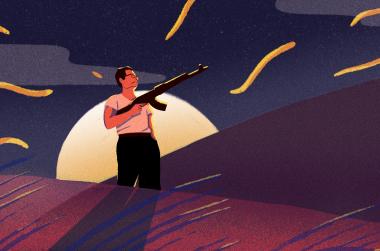This story is part of a series on Kayah traditions. You can also watch a video of the Kay Htoe Boe festival.
The men sit in an amiable cluster in the ample shade of an ancient tree, their faces bowed to their work. Some weave coloured threads into geometric designs, while others carefully whittle strands of bamboo. Rough hands turned dextrous for a dainty task.
Saw Reh takes a slender bamboo strip and slowly, patiently bends it into the curve of an umbrella handle. He then ties a wider blade of bamboo with string to the hook and lets it dangle down, transforming it into the reedy shape of the rice paddy plant — an almost sacred crop that spreads an emerald green carpet across the lowlands and signifies full bellies and plentiful liquor.
The men have planted the finished rice ornaments into the ground around them, making a little field of golden bamboo paddy, fluttering in the morning breeze.
This is the second day of the Kay Htoe Boe festival, the most important religious event of the year, where several villages band together to erect a towering totem pole to encourage a prosperous harvest, favourable weather, good health, and peace.

This is the day that the festival lulls into quiet industriousness. A mighty tree trunk, dragged from a nearby forest by dozens of young men a day earlier in a cacophony of shouts and the rhythmic clang of cymbals, rests on plinths a few metres from Saw Reh, shorn of its bark and polished to a pale gleam as it undergoes its sacred metamorphosis.
The women, who the day before had rained blessings on the newly- felled tree, dressed in the scarlet, black and purple of their finest clothes, were gone.
“Only men can do these tasks. Women cannot do it,” Saw Re said, gesturing towards a squad of men toiling away to get the log ready for the last and biggest day of the festival. He is 26 and heads up the youth wing of the group responsible for organising the festivities.

“Once the log is felled it cannot touch the ground. Even in the place where it will be erected it has to be placed at a height, on plinths.”
He held up a delicate bamboo ear of paddy: “This will be attached to the crown (of the totem pole).

“Some think the Kay Htoe Boe festival is a Nat (spirit) festival. That’s not true. It’s a traditional festival. We know that it has been around for as long as the existence of Kayah state.
“But we don’t have any written archives so we cannot say exactly when this practice began. That makes me feel sad because the knowledge was passed down only orally.
“All the festivals are important.
“My favourite festival is Kayah New Year. It is a joyous occasion where you visit each others’ villages. The festivities begin during the day on the eve of the new moon (in April) then we have feasts at night.

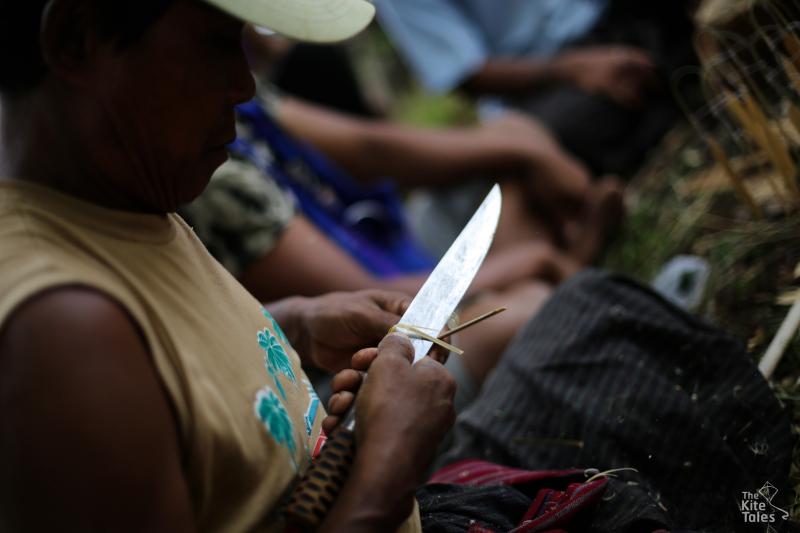
“I am concerned that these traditions could disappear, it is possible. Now that we have learnt (these traditions) we have to persuade the younger generation to do the same. They only want to use the latest gadgets and even when they speak, they only want to use the most modern terms. The interest in tradition is weak.
“Everybody has their own traditions and culture and I believe you have to work for the development of your own people,” said Saw Reh, who had taken the day off from his civil service job to take part in the festival.
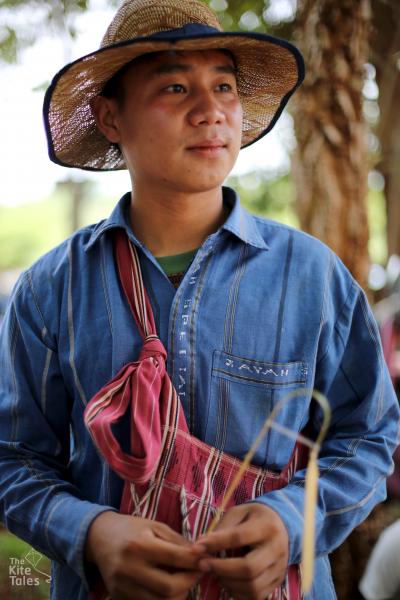
An important part of the Kay Htoe Boe festival is the reading of the chicken bones to predict in the year ahead. After the chickens are killed by hand, their legs bones are extracted and brought to the elders, who look at them and determine whether a particular village will be blessed with good fortune.
Whenever he can Saw Reh shadows a village elder known for the accuracy of his chicken bone reading to brush up on his skills.
“I want to be able to do it but I’m still learning and haven’t really figured it out. There’s a difference between people who learn based on theory and those who learn by doing.”
(Interviewed May 2016)

